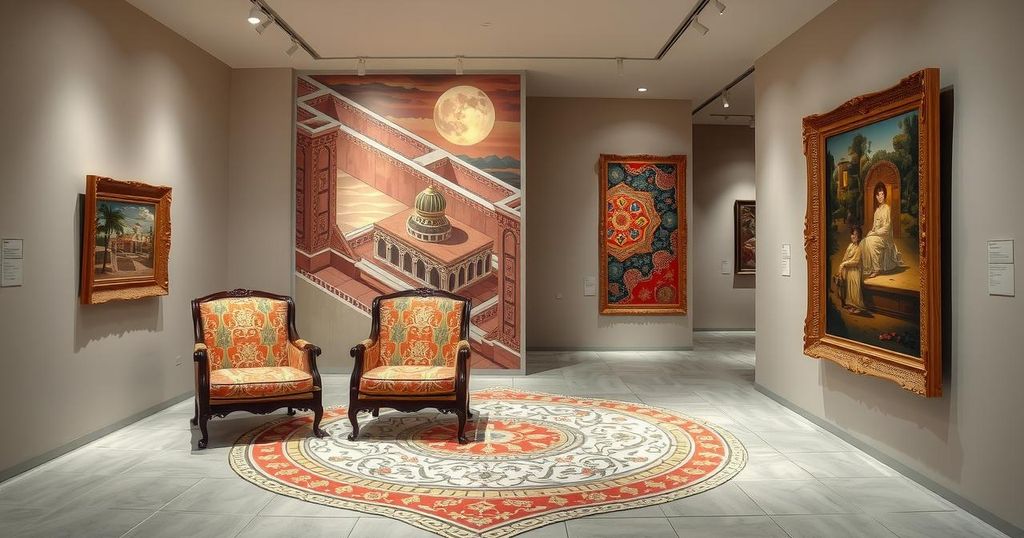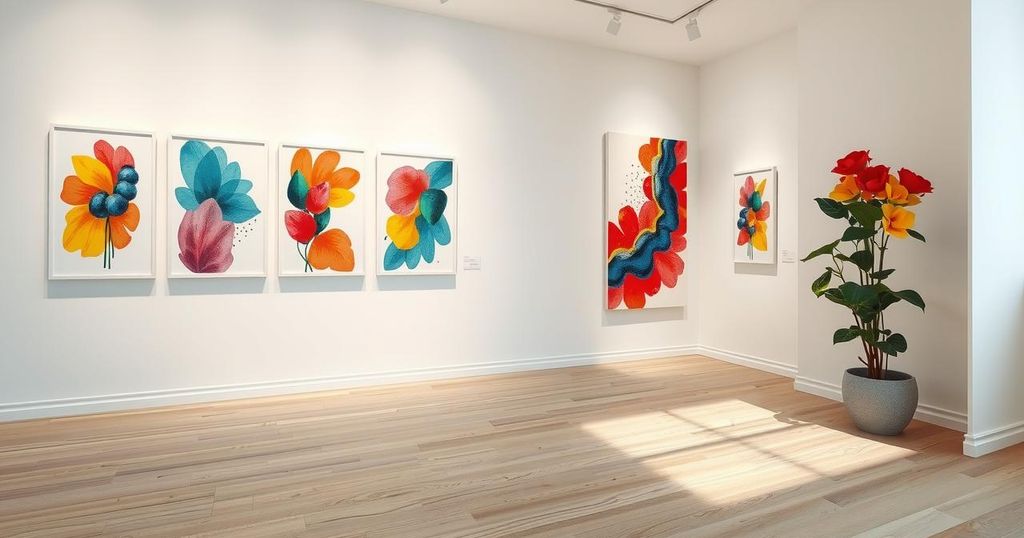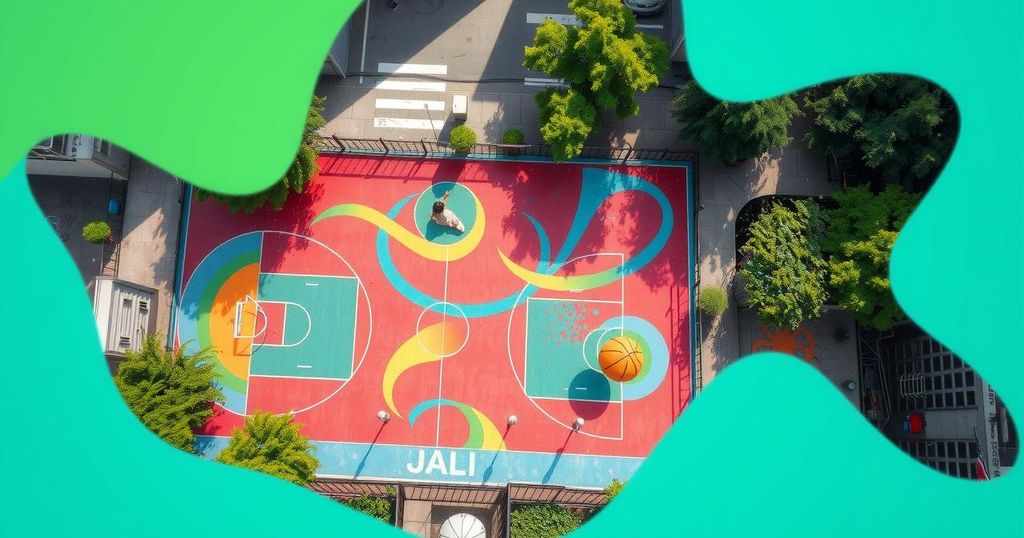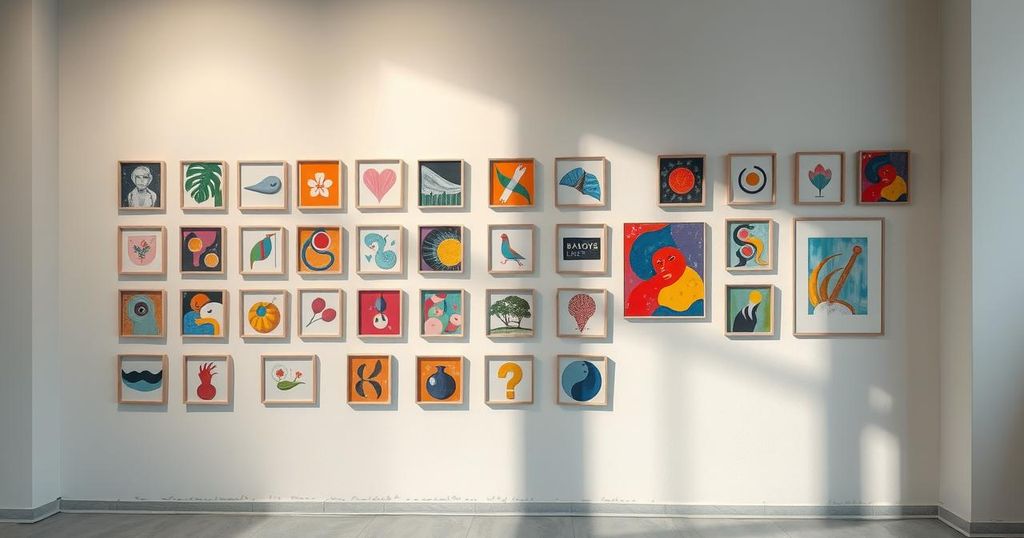arts
ARAB MUSEUM OF MODERN ART, ART, ASIA, CULTURAL EXCHANGE, CULTURAL HERITAGE, DOHA, EMILY WEEKS, EXHIBITION, EXHIBITIONS, GE, GEROM, GÉRÔME, GEROME, GILES HUDSON, JEAN, JEAN - LÉON GÉRÔME, LEON GEROME, LUSAIL MUSEUM, MENASA, MIDDLE EAST, MUSEUM OF MODERN ART, NORTH AFRICA, QATAR, QATAR MUSEUMS, SOUTH ASIA, STEVE MCCUR, STEVE MCCURRY
Leo Nguyen
0 Comments
Reimagining Orientalism: Contemporary Conversations in Doha’s Art Scene
In Doha, the exhibition “Seeing is Believing: The Art and Influence of Gérôme” scrutinizes the legacy of Orientalist art, specifically through the lens of Jean-Léon Gérôme. Featuring diverse artists, the exhibition challenges historical representations of the MENASA region while exploring contemporary forms of Orientalism. From striking photography to boundary-defying installations, the show advocates for a multifaceted dialogue on identity and cultural narratives, fostering a deeper understanding of art’s evolution and influence.
Brimming with reflective curiosity, artists grapple with the legacy of Orientalism, particularly spotlighting Jean-Léon Gérôme, a pivotal figure in 19th-century art. A riveting three-part exhibition, “Seeing is Believing: The Art and Influence of Gérôme,” at Doha’s Lusail Museum and Mathaf dives deep into Gérôme’s captivating yet problematic influence on the representation of the Middle East, North Africa, and South Asia. Curators Emily Weeks and Giles Hudson dissect trajectories from Gérôme’s vivid palettes to contemporary photographers like Steve McCurry, showcasing how the echoes of his vivid imagery continue to resonate within the fabric of art today.
As visitors navigate the exhibition, Hudson’s section, “Truth is Stranger than Fiction,” becomes a bridge that traverses ages, unveiling striking parallels in color usage and thematic focus—a dialogue between 19th-century brilliance and modern expressions. However, it’s the poignant reflections in the third section, curated by Sara Raza, that transcend simple narrative, urging a reassessment of Orientalism through diverse Eastern viewpoints rather than the singular Western lens often highlighted in art history.
The exhibition showcases 25 artists, each channeling their individuality to question stereotypes and unpack layers of identity, geography, and history. Raza’s artistic vision underscores a new paradigm, suggesting that the dichotomy of East and West is too simplistic, as she prompts us to rethink such notions as grammatical fictions. Works like Babi Badalov’s “Text Still” rip apart linguistic hierarchies, emphasizing shared narratives amidst cultural diversity, while Ergin Çavuşoğlu’s musical video installation complicates our understanding of borders and mobility.
Within this immersive dialogue, contemporary artists delve deep into the remnants of Orientalism—their works hinting at nostalgia intertwined with a vivid critique of historical representation. From the layered meanings in Nadia Kaabi-Linke’s concrete olive tree to Raeda Saadeh’s confrontational self-portrait challenging media stereotypes, the showcased art becomes a space for dialogue, memory, and reimagining futures rooted in complex pasts. Through visual storytelling, these artists beckon audiences to acknowledge not only the nuances of their heritage but also to foster dynamic conversations about identity on a global stage.
The exhibition in Doha explores the fabric of Orientalism, particularly through the legacy of Jean-Léon Gérôme, who greatly influenced the European depiction of Eastern cultures. Addressing how art history, particularly in the West, has shaped perceptions of the Middle East, North Africa, and South Asia, the exhibition emphasizes the need for a complex understanding of these narratives. By including various contemporary artists, the exhibition challenges historical paradigms and promotes a discourse on modern identities influenced by colonial histories and cultural intersections.
The exhibition “Seeing is Believing” not only highlights Gérôme’s artistic legacy but also positions contemporary artists as vital voices in reinterpreting and redefining Orientalism. Through their diverse and thought-provoking works, these artists invite audiences to critically engage with the complexities of cultural representation and historical narratives. Ultimately, the show opens a pathway for a richer understanding of how the past informs the present, urging viewers to embrace a narrative of interconnected stories rather than singular interpretations.
Original Source: news.artnet.com




Post Comment